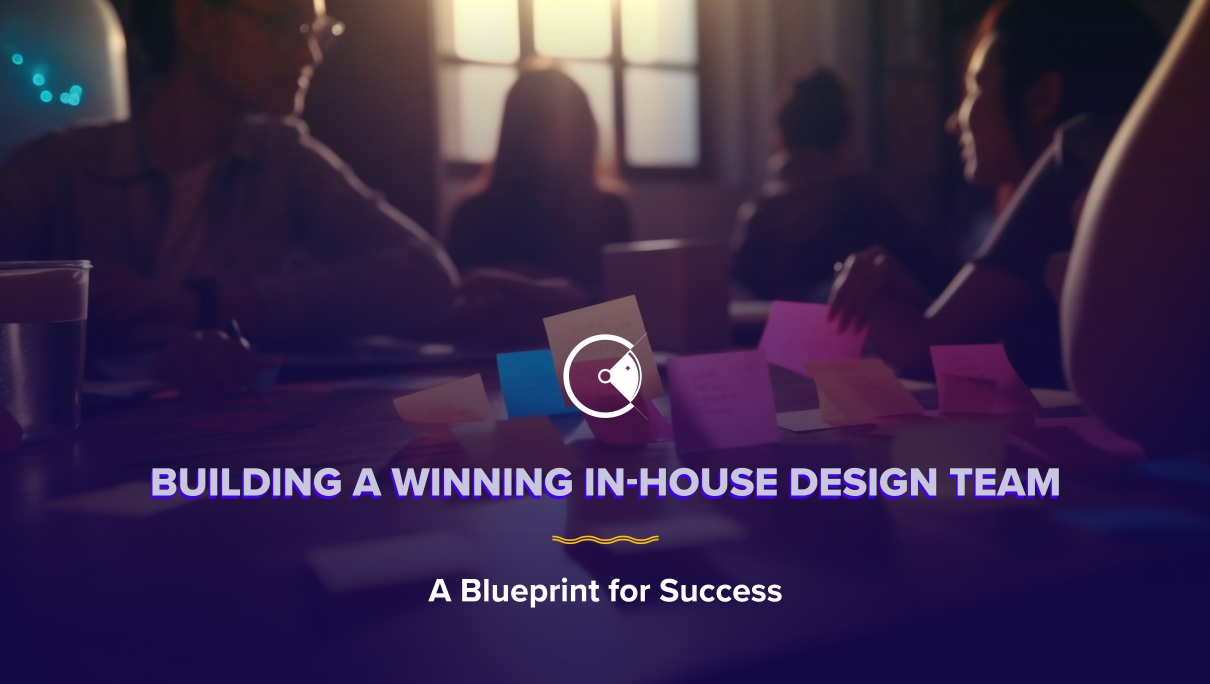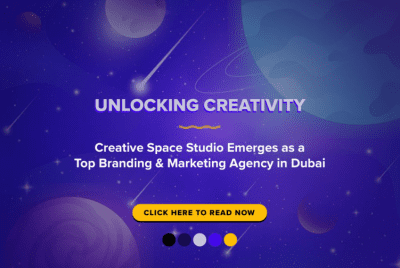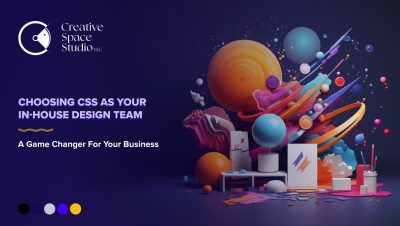When it comes to building an in-house design team, the structure you choose can significantly impact the team’s efficiency and effectiveness. Here are some key considerations on how to structure an in-house design team:
1. Leadership and Management:
- Creative Director: Start with a creative director who can provide visionary leadership and ensure the team’s work aligns with the company’s goals and brand identity.
- Design Managers/Team Leads: Depending on the size of your team, designate team leads or managers who can oversee specific design projects or areas.
2. Specializations:
- Graphic Designers: These designers work on creating visuals for marketing materials, branding, and various print and digital assets.
- UI/UX Designers: Focus on user interface and user experience, particularly if your company has digital products or websites.
- Product Designers: If you have physical products, product designers can be crucial for creating innovative and functional designs.
- Content Creators: Include content creators who specialize in producing visual and multimedia content like images, videos, and animations.
3. Workflow:
- Project Managers: These professionals help manage project timelines, resources, and ensure projects stay on track.
- Collaboration Tools: Invest in collaboration tools and software that facilitate communication and project management, enhancing team productivity.
4. Flexibility:
- Cross-Training: Encourage cross-training among team members so they can adapt to changing project needs and share knowledge.
- Freelancers/Contractors: Consider supplementing your in-house team with freelancers or contractors during peak workloads or for specialized projects.
5. Feedback and Review:
- Regular Feedback: Implement a system for regular feedback and reviews to help designers improve their skills and align with project objectives.
- Peer Reviews: Encourage peer reviews within the team to foster a culture of collaboration and continuous improvement.
6. Resources and Tools:
- Design Software: Ensure your team has access to the latest design software and tools necessary for their work.
- Training and Development: Invest in ongoing training and development opportunities to keep your team’s skills up-to-date.
7. Scalability:
- Plan for Growth: Consider the potential growth of your company and design team, ensuring that the structure can scale accordingly.
8. Company Culture:
- Creative Environment: Foster a creative and collaborative environment that encourages innovation and open communication.
- Alignment with Company Values: Ensure that your team’s goals and values align with the broader mission of the company.
By carefully structuring your in-house design team with the right leadership, diverse skill sets, efficient workflows, and a supportive culture, you can create a powerhouse of creativity and innovation that adds significant value to your organization. Remember that the structure may evolve over time as your company’s needs and goals change, so staying flexible and adaptable is key to long-term success.





